Like all careers of note, there’s always a starting point. An apprenticeship of sorts learning the tools of their chosen trade, far away from the bright lights and big bank balances that come later on as a by-product of fame.
And in the art world, that can mean years developing their craft, one where talent is honed and experimentation undertaken to find out the direction necessary to take to achieve success and gain a foothold in popular culture.
And for the phenomenon that is Banksy, the path taken to the current status quo of almost saturation of his work was one far removed from the political symbolism that speaks to millions across the globe that we see today.
An artist whose work commands astronomical sums (his Keep It Spotless piece sold for $1.7million in February 2008) as collectors seek to make what many see as the ultimate cultural investment artistically speaking, an investment that is made possible by the likes of online art dealer MyArtBroker.com and Julian’s Auctions in the US, just two of the many offering Banksy’s work to collectors.
As for Banksy, whilst his beginnings of painting the walls of his native Bristol and London is well documented, his talent also graced the not so glorious surroundings of a Spanish lap dancing club in the middle of nowhere – yet on a site familiar to millions of Britons.
As far a cry as humanly possible from his most recent venture ‘The Walled Off Hotel’, a dystopian themed hotel which he labelled “a three story cure for fanaticism” – one built metres from the barrier wall separating Israel from the Palestinian territories.
An inherently political motive to foster both a better understanding and greater dialogue about the region, symbolic in that the opening was dated to coincide with the 100th anniversary of the signing of the Balfour Declaration which helped to establish Israel.
A region first visited by the artist back in 2005 when he stencilled the Palestinian side of Israel’s West Bank wall to highlight what he viewed as a structure which turned Palestine into “the world’s largest open prison”.
The surprising fact is to be found within an interview originally commissioned by Dazed and Confused magazine some time in early 2000, and one that the magazine chose not to print for feat that they may face prosecution for ‘inciting criminality’. Eventually published by Level Magazine, the article served to inspire a short film about the street artist by Channel 4, entitled ‘Boom and Bust’.
In it Banksy, then described as Bristol’s ‘most maverick painter and decorator’, denotes how he got into stenciling due to the need to get his work completed in the shortest time possible – a necessity he credits to the rise in more people being on the streets as a result of 24 hour supermarkets and “boozers open round the clock”.
The interview also charts how the man – who got into graffiti through designing a flyer – got lost after spray painting the Tate Modern gallery in London and somehow ended up in front of Buckingham Palace (‘the most heavily policed part of Britain) with his full arsenal of spray cans and stencils one night at 4am.
But most interesting is his jaunt abroad to mainland Spain, years before he hit the streets of places like San Francisco, Melbourne and New Orleans to leave his iconic marks on such cities.
After also being flown out to New York to paint the rooms of a hotel, Banksy was invited out by “some gangsters” to decorate what was essentially a strip bar/complex (and perhaps a brothel) on the site of the – wait for it – infamous failed BBC soap opera El Dorado.
The gangsters had bought the complex, known in Spain as ‘La Cuidad de Cine’, and wanted the little established artist to jazz up what was undoubtedly a sterile, colourless former film set. And, gangsters being gangsters, even tried to make Banksy himself pay towards his work.
“True to form they tried to make me pay for it by buying the paint upfront. I’m not a remarkably clever bloke, but I understood the rip-off that was going off, and instead spent the week with this stripper going to work around various different bars. It was interesting”, he says in the interview.
No photographic evidence exists of Banksy’s work there, nor indications of what happened to the strip club he lent his artistic talents too.
The site, in the small town of Coin near Malaga, was last home to a nightclub and restaurant, while the nearby El Dorado film set was bought over by a Spanish production company to film two successive (and highly popular) TV shows.
Bizarrely, a UK born artist who lives in the town of Coin claimed, in an interview with local newspapers in 2015, that he is the original Banksy and that his ideas where stolen by none other than Damien Hirst.
Michael Shurman also claims to be behind the iconic alien saucers painted in Bristol in 2004. The 55 year old attended Goldsmiths College in London before working with MAD magazine and as an illustrator for the satirical TV programme Spitting Image.
He claims he created the Banksy persona, that it was stolen from him, and then continued by ‘wealthy and powerful members of Britain’s art circle.’ Shurman also claims that he invented the ‘Banksy’ idea while living in Glastonbury.
As ever with Banksy, a journey down the rabbit hole proves for some fascinating insights into the man, unique in modern day popular culture in his staunch protection of his anonymity in a world weighed down by the marriage of selfie obsession to fame.
And to think that for an artist whose art has long been rife with political overtones, before he ‘hit’ the Gaza Strip to mount his own brand of political activism, it was a strip club which, in some respects, helped pay for his ticket for the journey into popular psyche.
To read the full interview from early 2000 – click here.
Words by Craig Williams

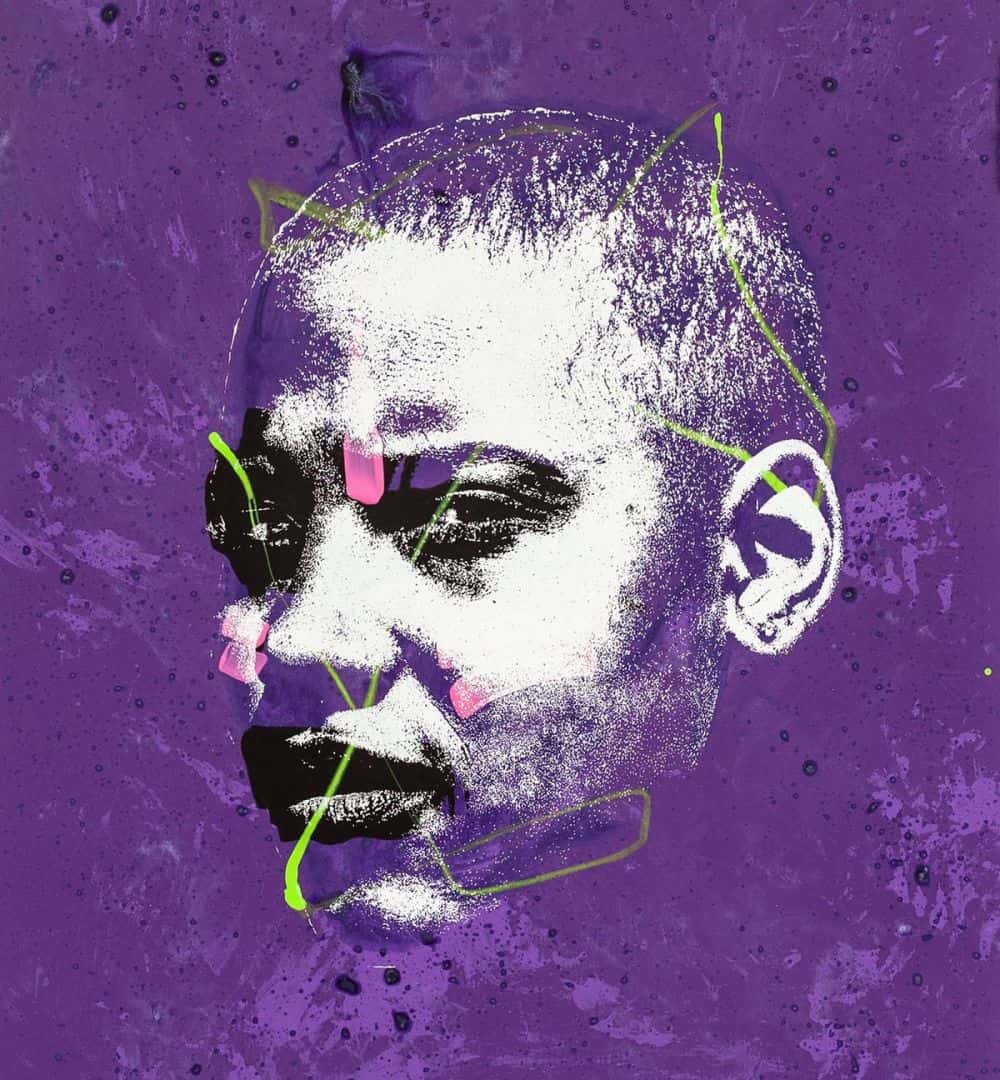
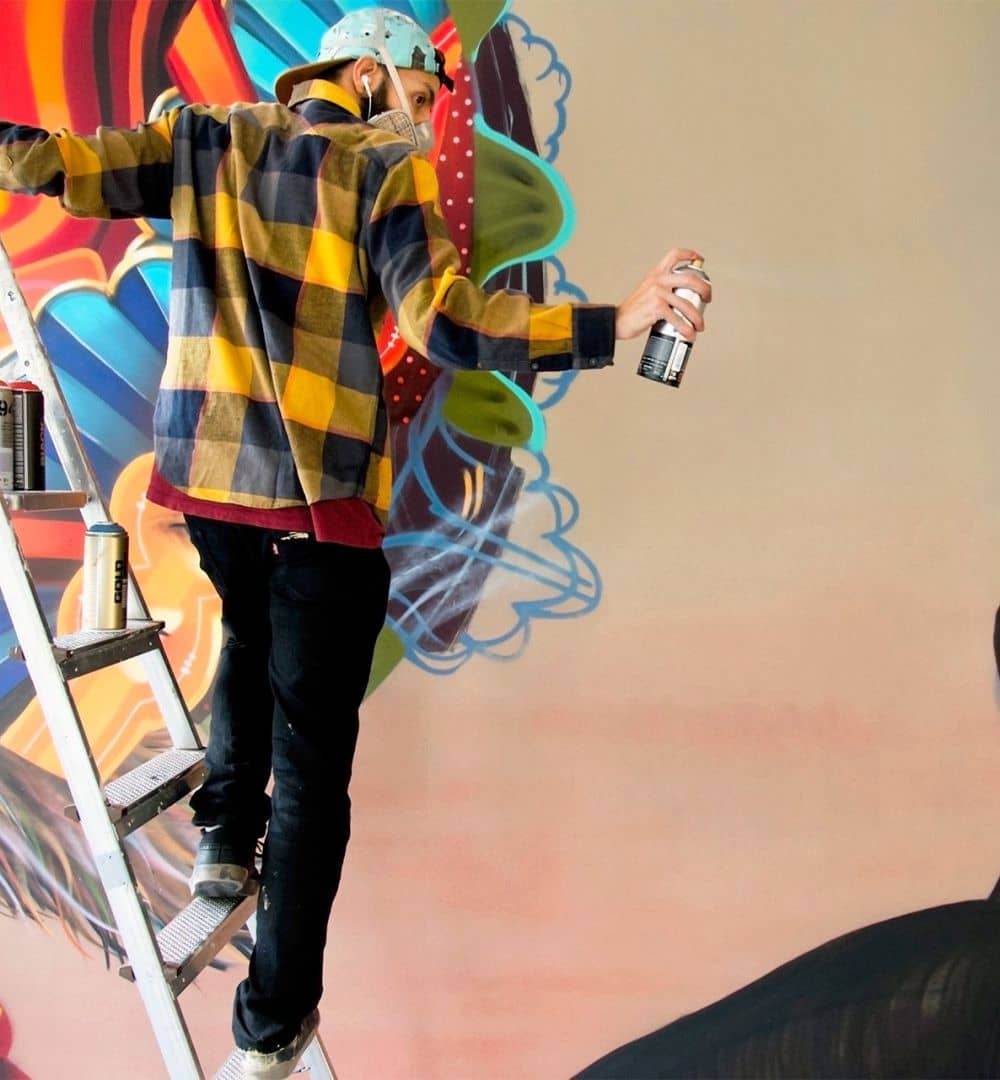
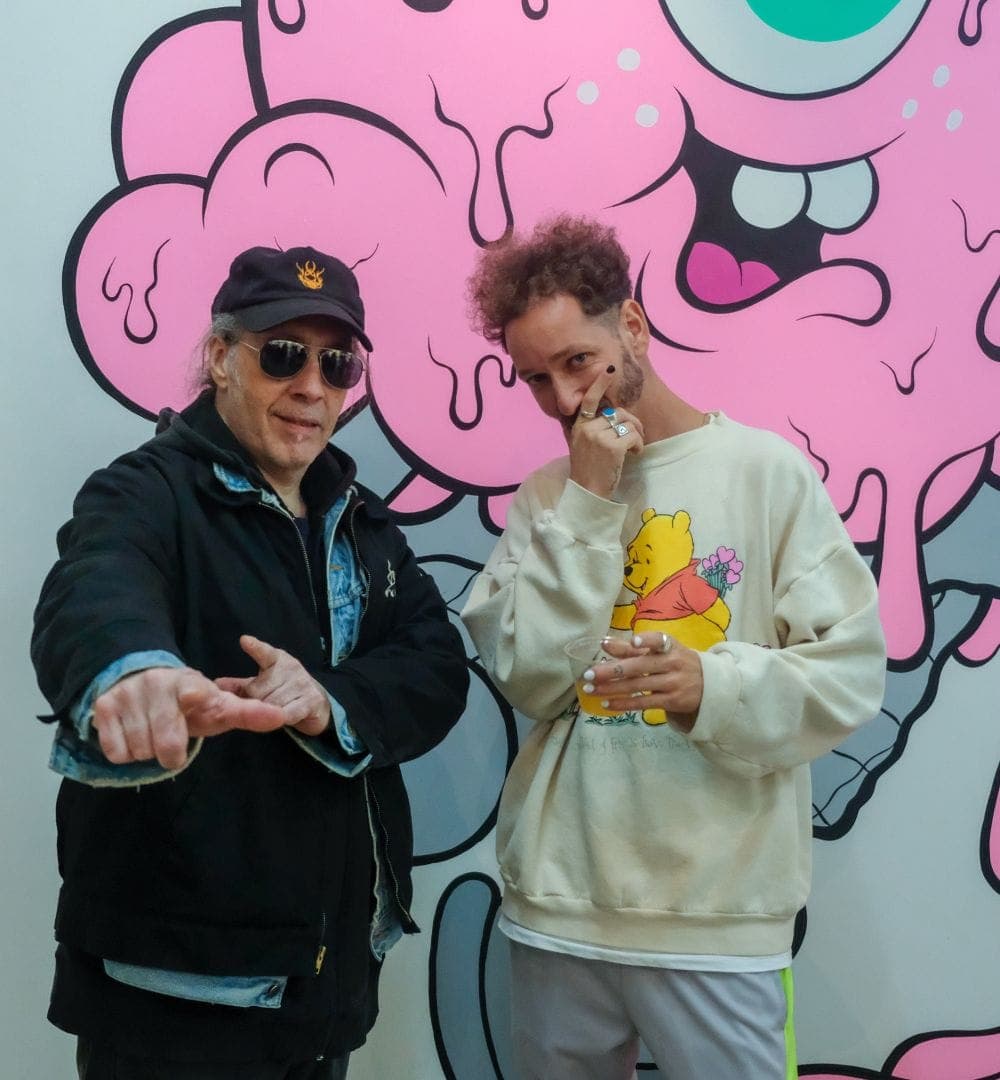
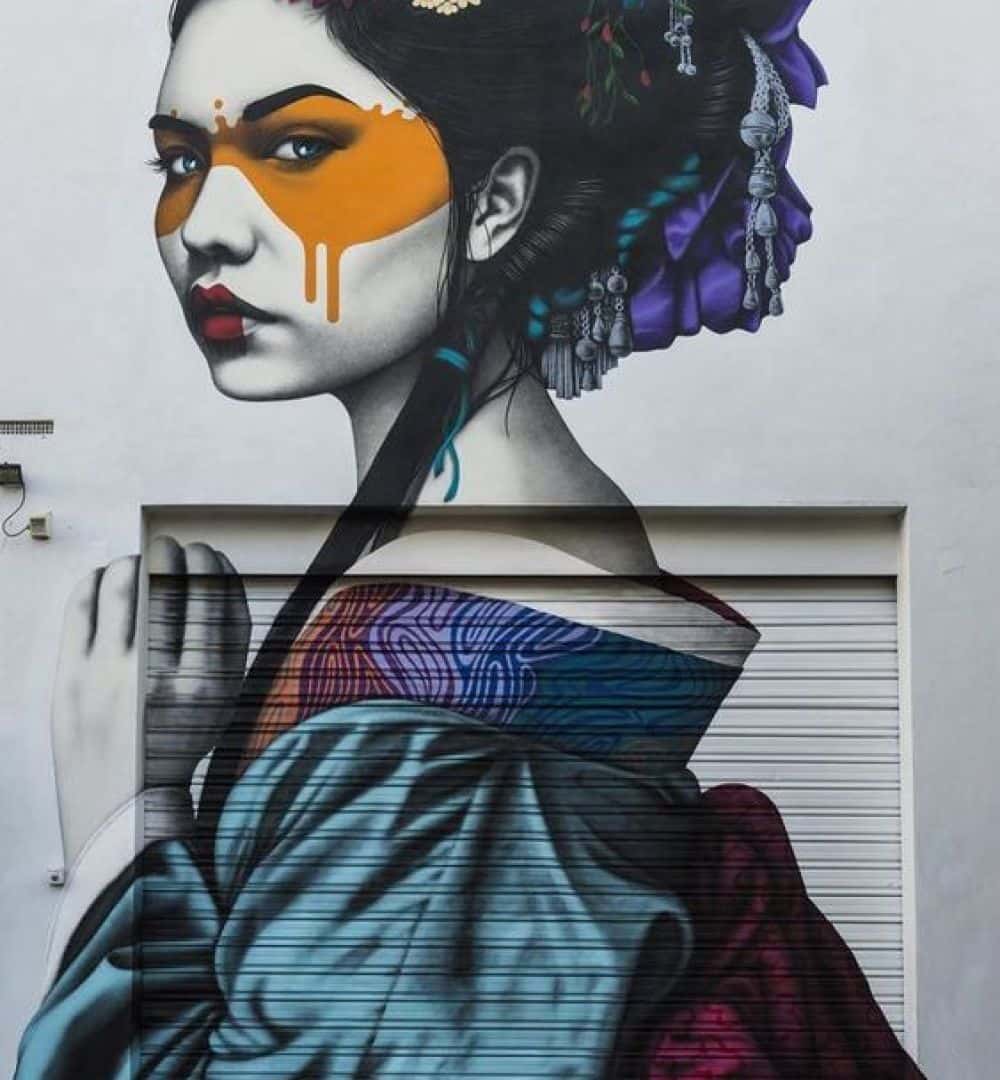

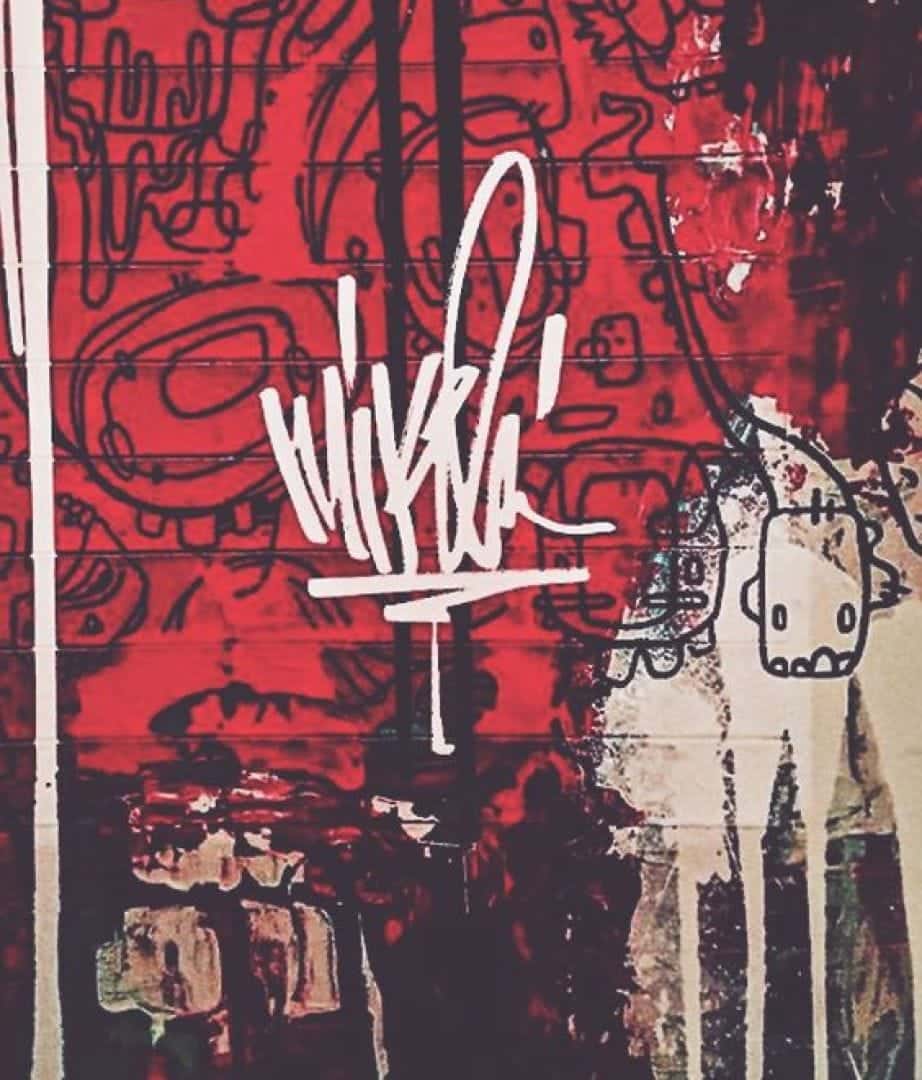
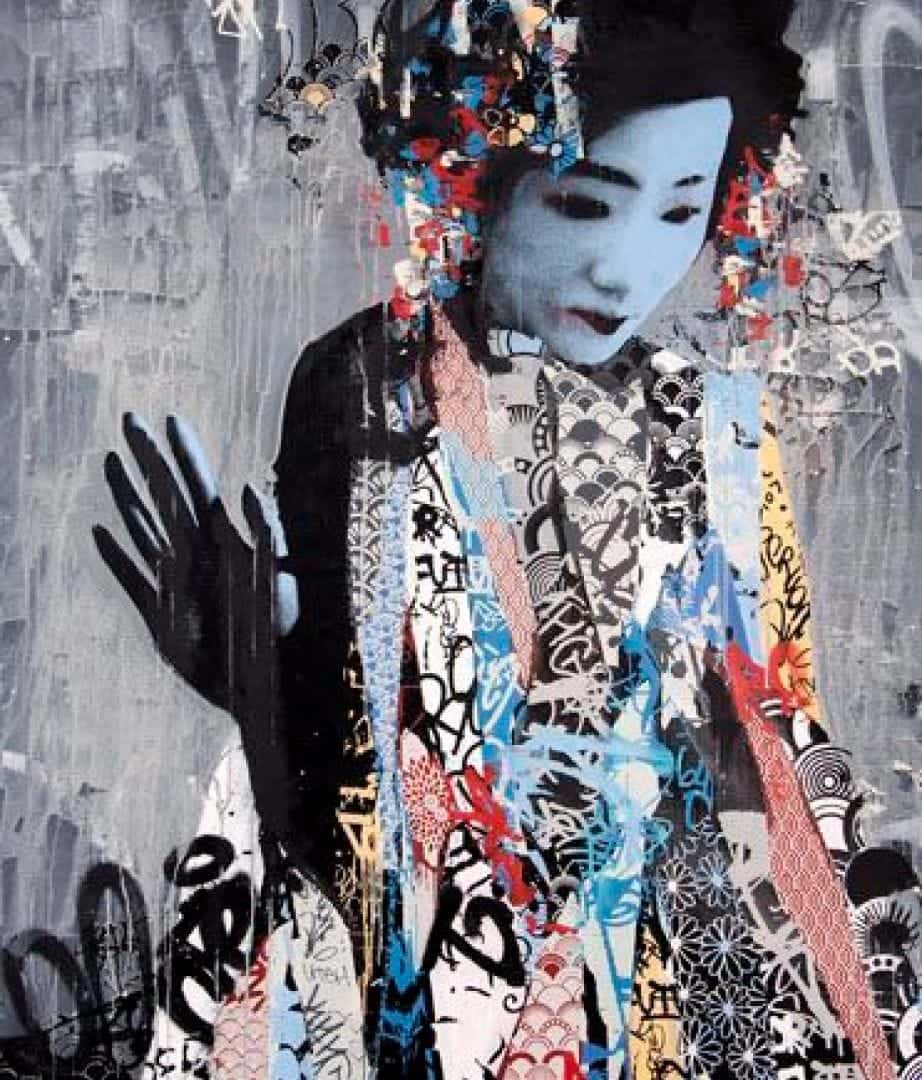
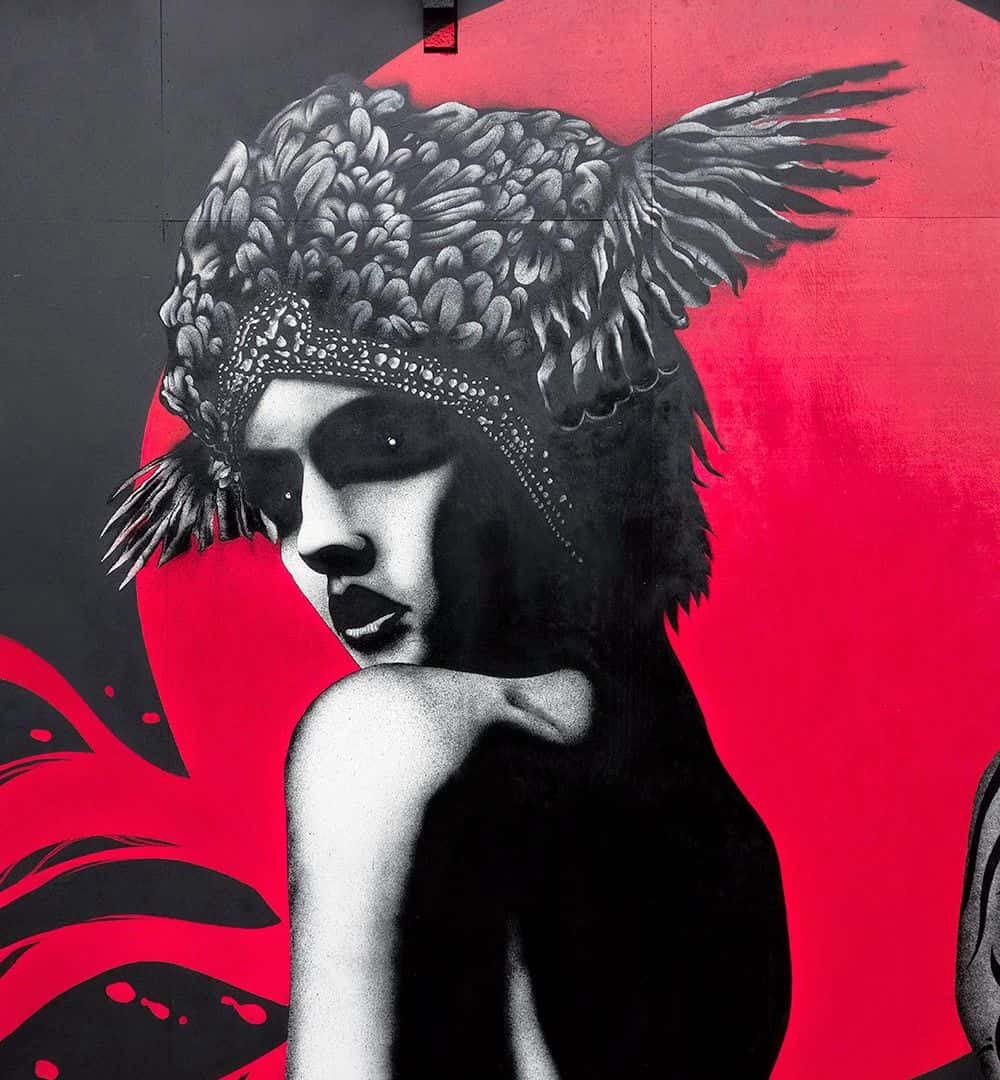
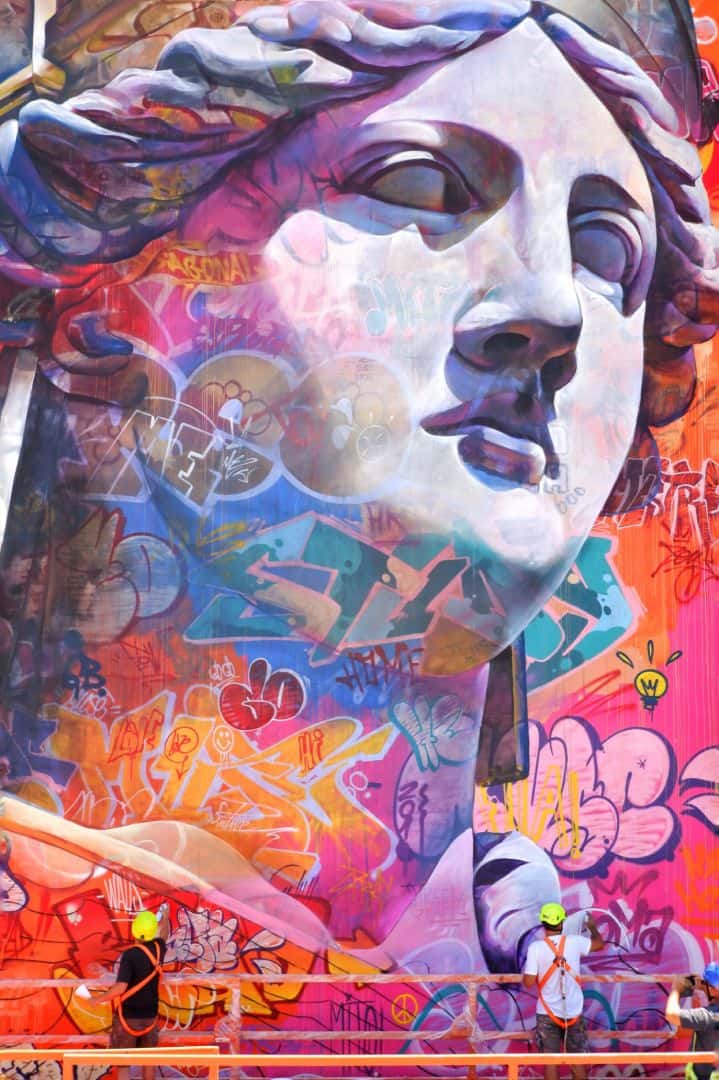



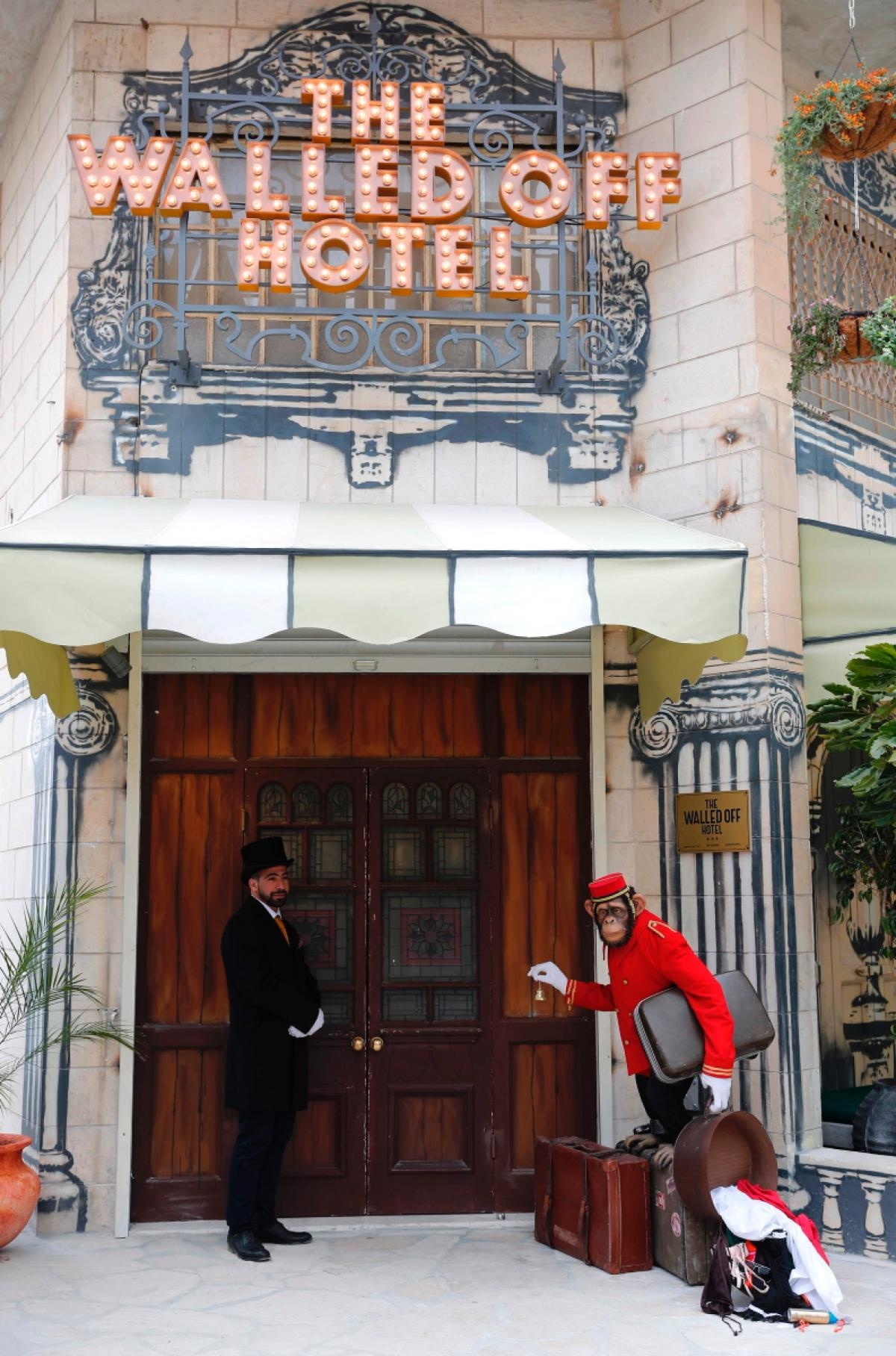
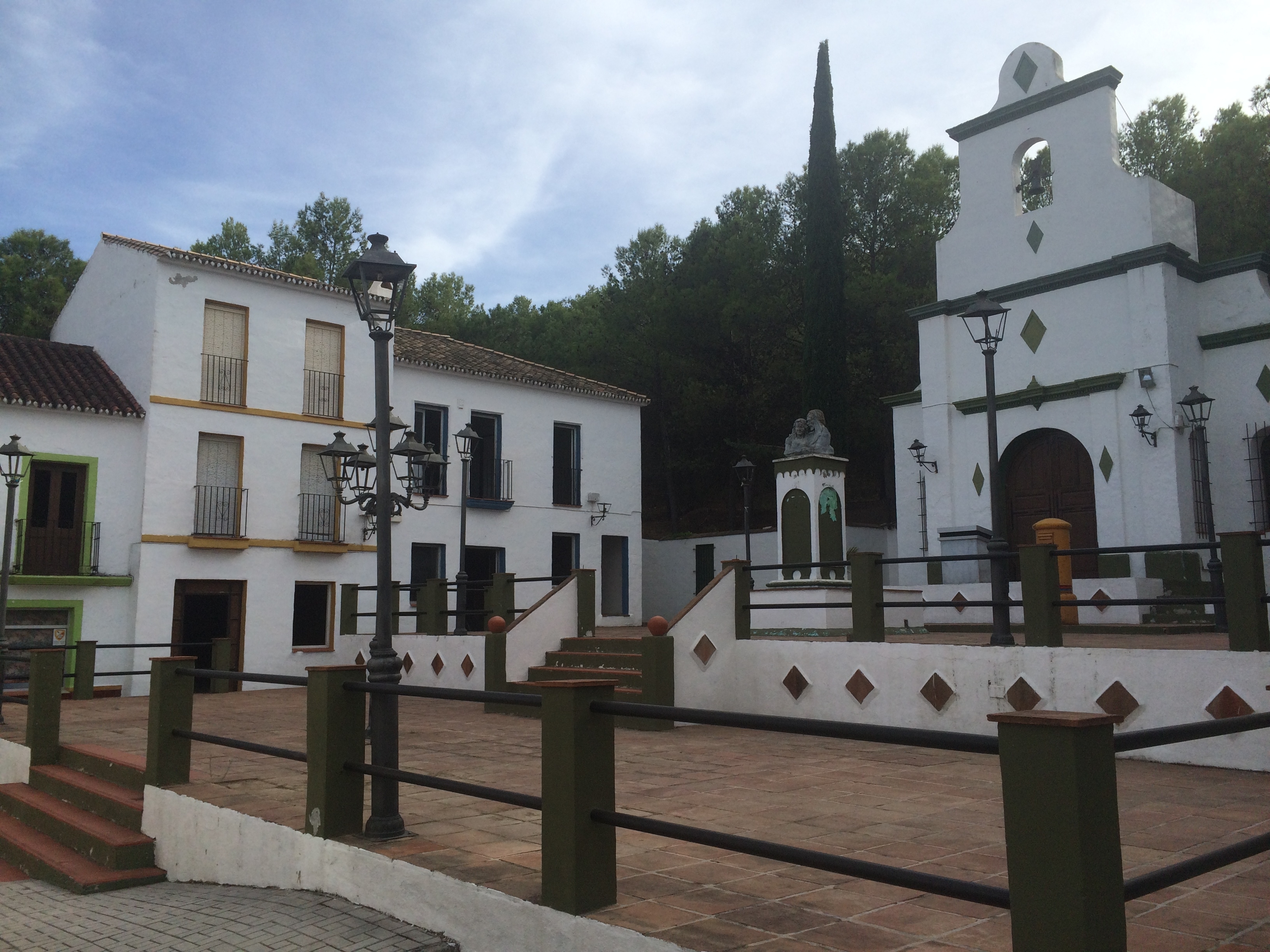
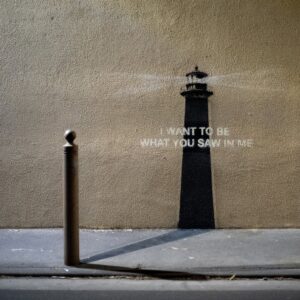
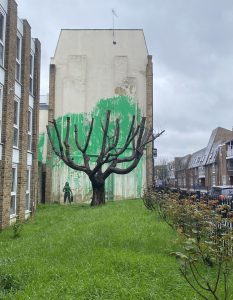
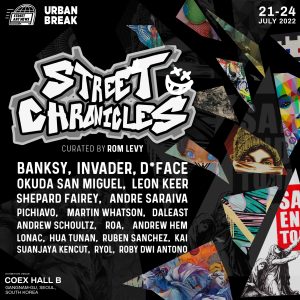
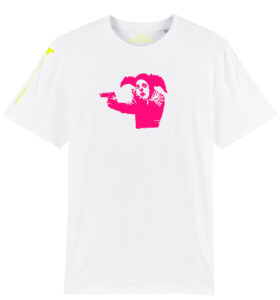
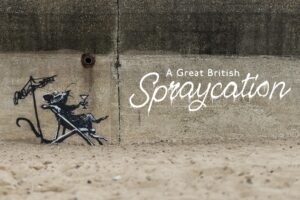
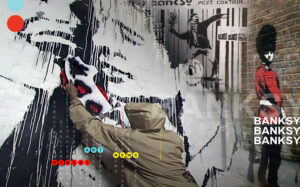
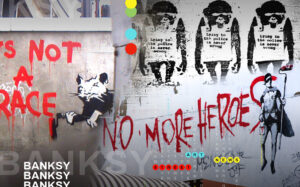
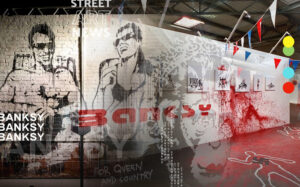
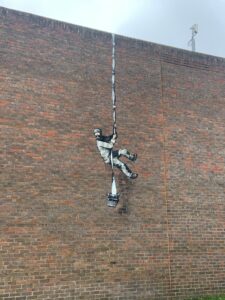
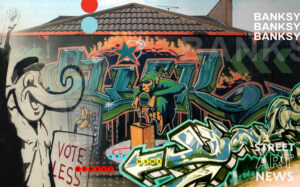
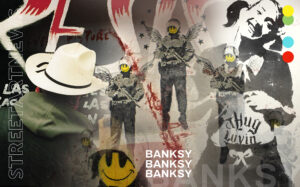
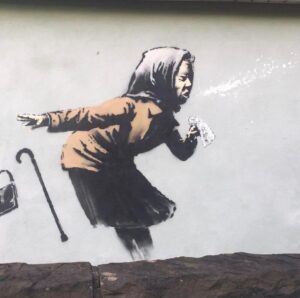
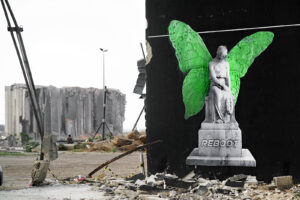
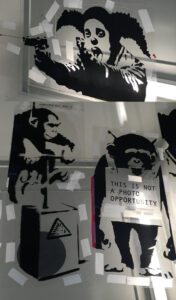
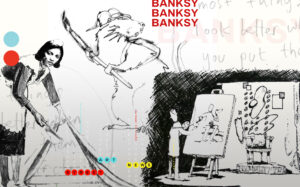
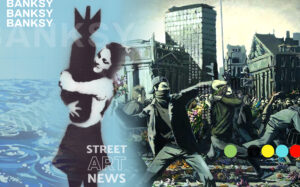
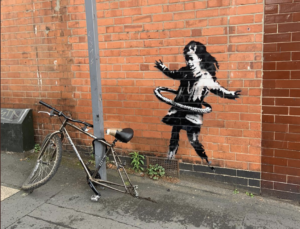
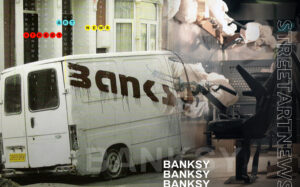
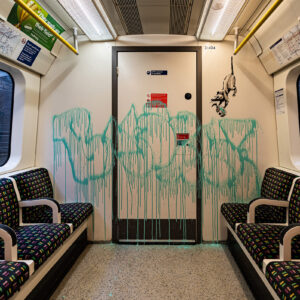
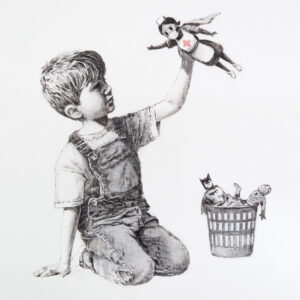
comment